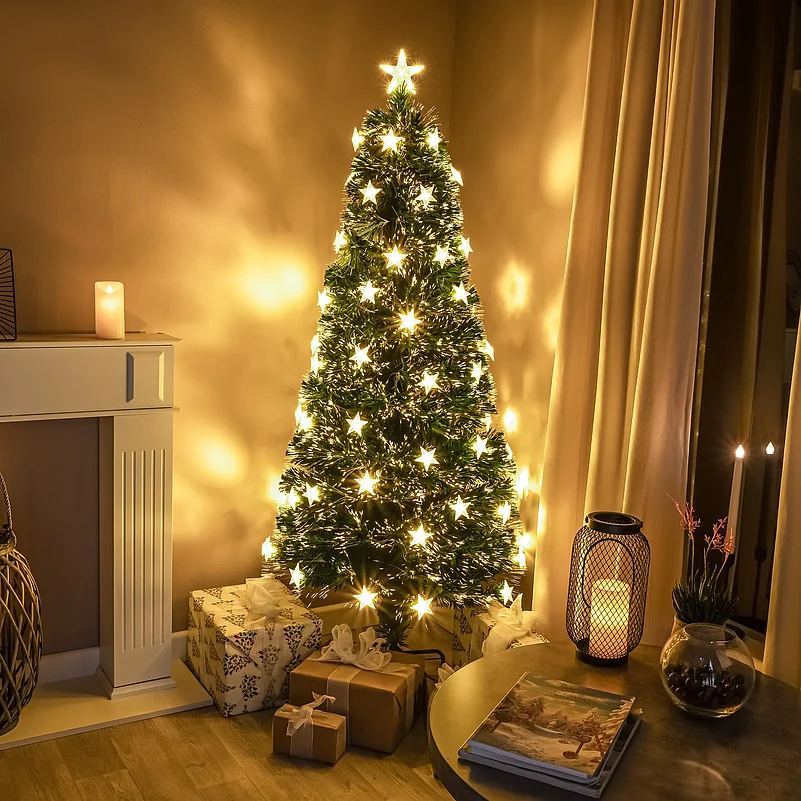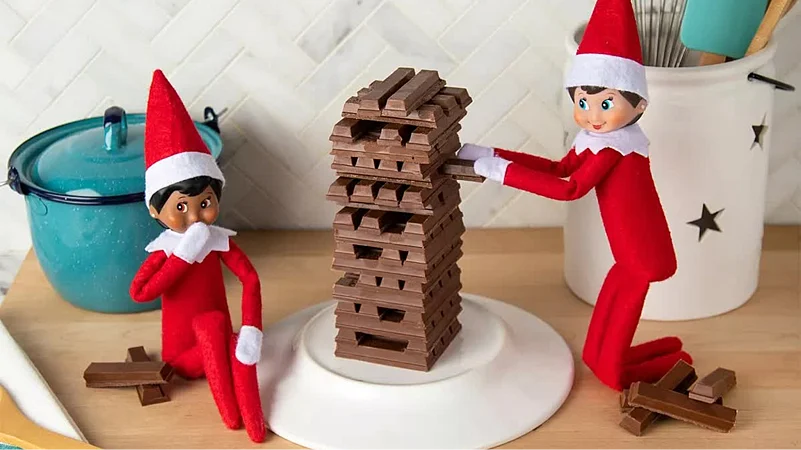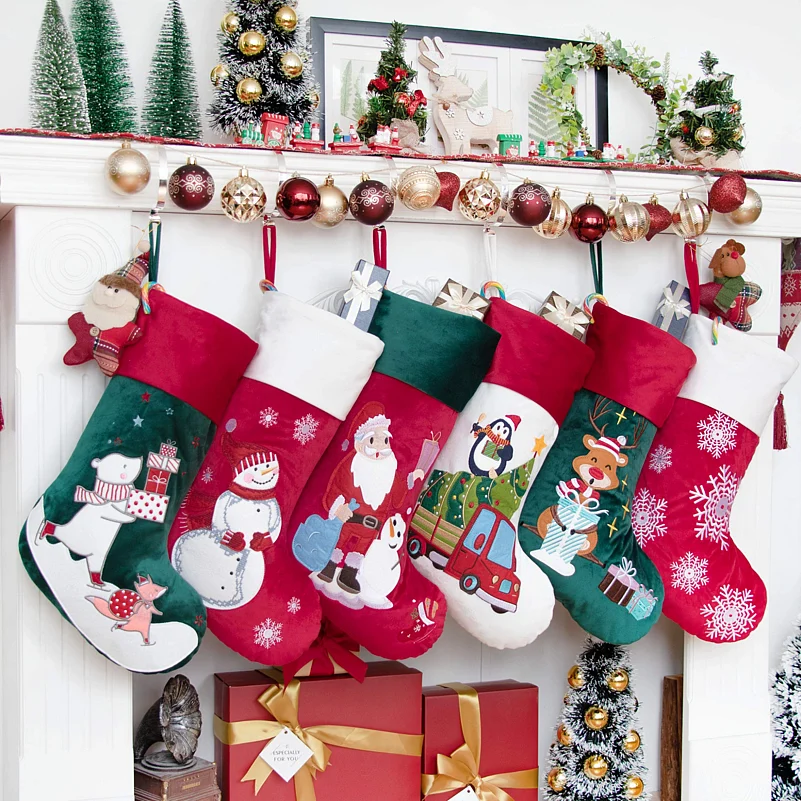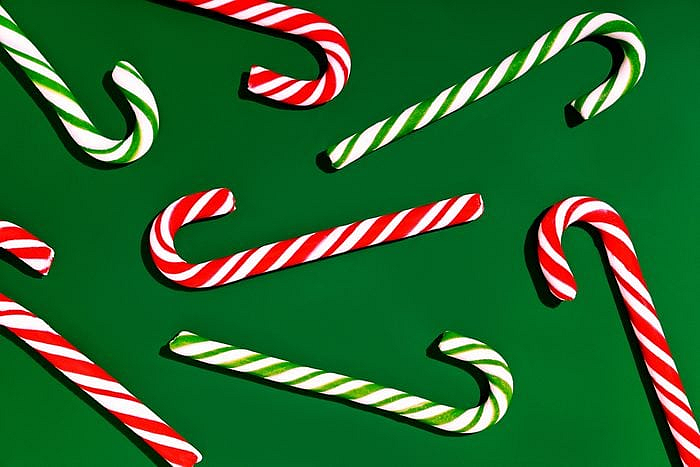Have you ever wondered why you decorate a Christmas tree or what the concept of Santa Claus is at Christmas? Certain Christmas symbols, such as bells, mistletoes, Christmas trees, stars, and more, are frequently seen throughout the holidays. While Christmas is a religious holiday commemorating the birth of Jesus Christ, there are also secular celebrations of the holiday, such as hanging stockings from the mantel, decorating a tree with family heirloom ornaments, eating candy canes while baking gingerbread cookies, and placing poinsettias on the fireplace hearth. Believe it or not, every one of those customary Christmas decorations and customs has a unique meaning, and many symbols connected to the festival have religious roots. In this article, let's explore those symbols and their beautiful meanings.
Traditional Christmas Symbols And Their Beautiful Meaning
Uncover the meanings of Christmas icons like stars, stockings, trees, and mistletoe. Explore their traditions and origins.

Discover the traditional Christmas symbols and their meaning:
Christmas Tree

The Christmas tree, an evergreen conifer which we decorate every December with tinsels, bells, lights, and festive ornaments, holds a significant place in the hearts of people who celebrate this festival. For ages, both pagans and Christians have utilized evergreens in winter celebrations; Christians believe the trees symbolize Jesus' birth, resurrection, and eternal life with God. While its exact origins are debated, it's believed to have roots in pagan winter solstice celebrations and Germanic traditions. In Christian symbolism, the tree represents the tree of life, with its triangular shape symbolizing the Holy Trinity. The lights signify the light of Christ, while the ornaments represent gifts and the fruits of the earth.
Christmas Star

The star, or say the Christmas star, is a symbol of hope and guidance and holds special significance at Christmas. It represents the Star of Bethlehem, which led the three wise men to the birthplace of Jesus Christ. This celestial event, described in the Bible, symbolizes the divine light that illuminates the path to salvation and peace. The star continues to inspire wonder and faith, reminding us of the true meaning of Christmas – the birth of a savior and the promise of eternal hope. Additionally, the Christmas star has come to stand for peace and optimism.
Elf on the Shelf

The Elf on the Shelf is a popular Christmas tradition where a small elf doll is placed in a visible location in the home each night. The elf, a scout for Santa, reports back to him on the children's behaviour. This tradition adds a touch of magic and excitement to the Christmas season, encouraging children to behave well in anticipation of Santa's visit. These days, the ubiquitous elf is both a must-have for children and a fun Christmas animation to watch over the holiday season.
Christmas Stockings

Christmas stockings are decorative pouches shaped like large socks, hung on Christmas Eve for Santa Claus to fill with small gifts. This tradition symbolizes the legend of St. Nicholas leaving gifts in the shoes of children who left them out to dry. There is a tale behind this stocking; there was a poor widower in the fourth century, who was unable to provide a dowry for his three daughters and considered selling them into slavery. One evening, Nicholas surreptitiously threw bags of gold into the man's home, and the bags ended up in the stockings that were left over the fireplace to dry! Stocking stuffers, the small gifts placed inside, often include candy, toys, or other fun surprises, adding to the excitement and joy of Christmas morning.
Bells

Bells are associated with happiness and joy; according to legends, during Christmas, the ringing of a bell symbolizes the celebration of the birth of Jesus. Additionally, the Christmas bell represents Jesus' constant protection and watchfulness over us, much like the ringing bell used to re-herd straggling sheep back into the fold. Their sound fills the air with a sense of wonder and peace, reminding us of the true meaning of Christmas. Whether it's the ringing of church bells, the jingle of sleigh bells, or the chime of Christmas carols, bells add a special touch to the holiday season.
Wreath

Wreath a circle with no beginning or end symbolizes the strength of Jesus Christ’s everlasting love for everyone, while the evergreen materials signify continuous life and the hope of eternal life through Christ. Wreaths are a popular holiday decoration with a rich history and symbolism. The wreath is often adorned with pine cones, symbolizing life and resurrection, and sometimes includes candles representing the light of Christ entering the world. The wreath also reminds us of the circle of life, love, and rebirth. The iconic Christmas door ornament is also thought by Christians to symbolize the crown of thorns that Jesus wore while hanging on the cross.
Candy Canes

The candy canes or the minty treat, which is shaped like a shepherd's staff, is a representation of the shepherds who looked for Jesus the night he was born. While their exact origin is debated, one popular legend suggests they were created in the 17th century to quiet children during Christmas Eve church services. The cane's shape is said to represent a shepherd's staff, symbolizing Jesus as the Good Shepherd. The white colour signifies purity, and the red stripes represent the blood of Christ. Though these symbolic meanings were added later, candy canes remain a beloved and iconic part of Christmas traditions worldwide.
Poinsettias

Poinsettias, with their vibrant red and green hues, are synonymous with Christmas cheer. Their star-shaped appearance is often associated with the Star of Bethlehem, while the red bracts symbolize the blood of Christ and his sacrifice. According to legends, a poor Mexican girl offered humble weeds to the church altar, which miraculously transformed into beautiful poinsettias on Christmas Eve. Today, poinsettias are a beloved holiday tradition, representing good cheer, success, and the joy of the season.
Merry Christmas!
















